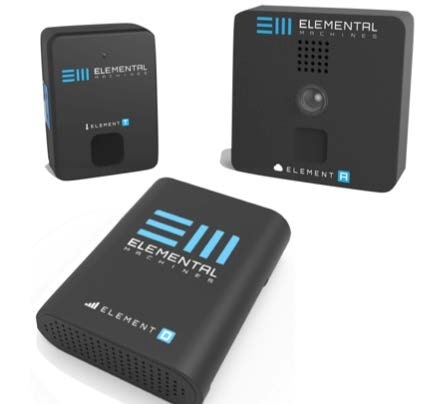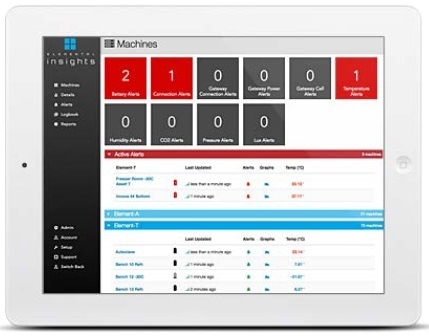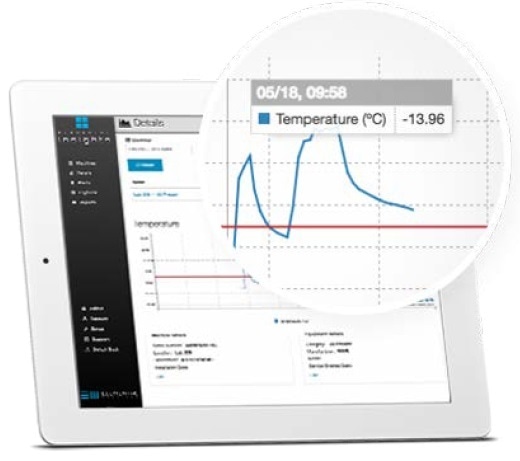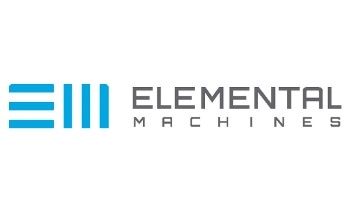The manner in which scientists gather and use data is being changed through Internet of Things (IoT) technology. The ability to monitor the status of their instruments and equipment, as well as the laboratory environment, offers scientists greater insight into physical variables within the lab that can have an impact on their testing.
There are a number of factors that should be taken into account when selecting a laboratory monitoring system.
1. Monitoring Should Be Reliable and Convenient

Equipment monitoring solutions should be scalable both user-wise and equipment-wise
Usability is a vital factor for the success of any lab monitoring system. If the system is to be of any practical use, it is a must that data be easily accessible and available on a 24 hour basis for both those working on-site and those doing so remotely.
The first choice for a system should be a product with intuitive design features and shared web-based dashboards that allow users to monitor the effectiveness of critical instruments and equipment, identify patterns of usage to enhance operations, and to rapidly detect any possible issues that could occur.
Change is an inevitable feature in many labs, and thus being flexible is an important part of success. For the majority of lab managers, the ability to adjust easily and with speed to allow for incoming projects is an essential factor. In order to allow for this, equipment monitoring solutions should be scalable in terms of both users and equipment.
The simplest method of laboratory monitoring in terms of installation is through wireless and battery operated monitoring devices. These can be furnished with cellular backups and low-battery warnings in order to deliver 24/7 usage with the assurance that data will always be accessible.
2. Compliance Is Critical

Data can be utilized to drive process change and optimize laboratory operations
Whichever quality system a lab is obligated to follow, including GLP, GMP, ISO or CFR QSR, implementing a laboratory monitoring system will enable the lab to match the stipulation of comprehensive recordkeeping.
With the collection of time-stamped electronic data on test parameters, it is possible to augment the lab’s efficiency while eradicating the risk of human error. Aside from meeting compliance requirements, captured data can also be used to lead changes in processing and to enhance the overall operation of the laboratory.
For labs that fall under the authority of FDA compliance, 21 CFR Part 11 stipulates requirements for electronic data collection and storage to guarantee that the data gathered is trustworthy, dependable, and equal to paper records.
In labs which are FDA regulated, it is required that solutions employed offer comprehensive audit trails. Any event which could have an impact on process results, including user logins and alterations to key parameters, must be recorded.
It is also necessary that the lab monitoring system offers user management and data security features, ensuring that no unauthorized users are able to access the system, editing of data measurements is not possible and event details are time-stamped to guarantee the veracity of the data.
3. Improve Your Data Integrity

Collected data helps scientists identify problems and refine processes
A frequently raised issue for a number of researchers is a lack of repeatability and reproducibility of results. Being unable to repeat protocols and be assured that the same outcome will be reached results in great quantities of time wasted for scientists as well as delays in progress of the overall research.
A large part of the issue in the irreproducibility of data is due to deficiencies in information and understanding of how ambient conditions can have an impact on experiments. Thankfully, an easy solution to this issue can be found in laboratory monitoring systems.
With the ability to review data for equipment status and ambient conditions, scientists can quickly pinpoint which issues are having an impact on experimental variability and can exclude those issues that are not relevant to experimental results.
Additionally, scientists have the ability to improve protocols by identifying optimized environmental and instrument parameters to attain anticipated outcomes.
4. Manage Risk and Save Money

Automated alerts mitigate risk of critical loss of materials or specimens
At the center of budget management for any laboratory are cost savings. With the help of a laboratory monitoring system, lab managers can sidestep the costly and slow process of facility walk-throughs and paper-based recording procedures.
The loss of highly valued, and frequently irreplaceable, laboratory materials and specimens, can be averted through automatic email and/or SMS alerts of instrument failures.
Lastly, with the help of equipment utilization data, it is possible to gain valuable insights on usage patterns of equipment as well as information that can influence purchasing decisions related to capital spending.
About Elemental Machines
Elemental Machines is helping scientists improve experimental reproducibility and accelerate scientific discovery.
From early research and discovery to manufacturing, everyone in biology and chemistry-based industries knows that the physical environment can affect the entire product lifecycle. What they don’t know is exactly how, or the cumulative cost of not knowing -- higher R&D expenses, slower time to market for innovative products and life-saving therapies, yield loss during manufacturing, and more.
With a deep understanding of these issues, Elemental Machines is delivering unprecedented insight into complex processes, helping customers refine and accelerate their work across all phases of product innovation.
By gathering and synthesizing environmental data into actionable information, the Elemental Machines platform provides critical insights that improve transparency, repeatability and outcomes, and save customers time and money.
Track contextual variables (temperature, humidity, air pressure and light) in the research lab or monitor critical equipment performance (freezers, refrigerators, ovens, and incubators) for easy access to performance data, as well as alerts if readings are out of range.
Sponsored Content Policy: News-Medical.net publishes articles and related content that may be derived from sources where we have existing commercial relationships, provided such content adds value to the core editorial ethos of News-Medical.Net which is to educate and inform site visitors interested in medical research, science, medical devices and treatments.